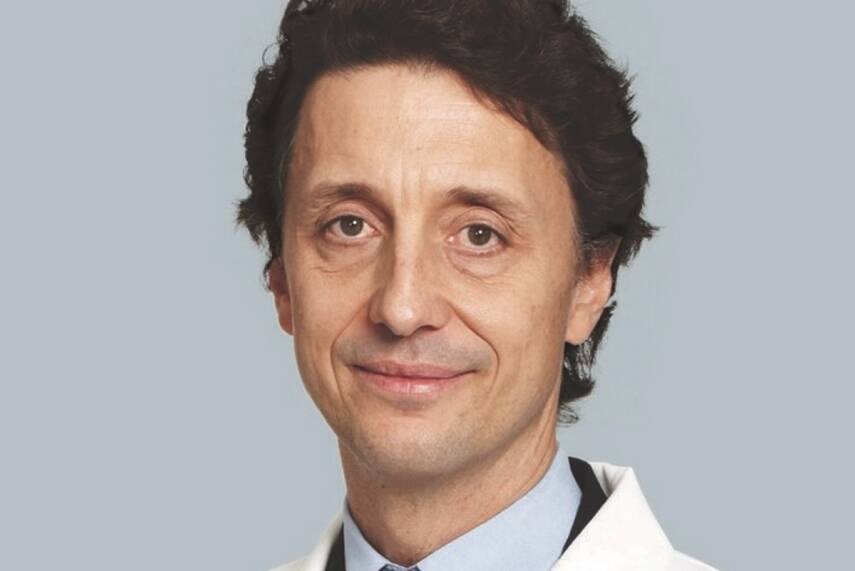Dear Dr. Roach: I just finished reading your answer to a reader writing in about breast cancer. I was diagnosed with it in 2017. My radiation oncologist said I had it for at least seven years, despite my having yearly mammograms since the age of 35 due to family history (I was 69 at the time). How was that possible? Regular mammograms, as you know, do not pick up as much detail as 3D mammograms, which I had just gotten done. It picked up the growth immediately. Obviously, this is the only mammogram my doctor now prescribes.
C.G.
Breast cancer begins as a single, tiny cell. The cell will divide and become two cells, which divide to become four, until finally the mass of cancer cells becomes large enough to detect. Some cancers are very aggressive and double much more quickly. Those cancers tend to be in younger women, those without estrogen or progesterone receptors or those who overexpressed HER2. In a 69-year-old woman, the average doubling time is about six months. This means your radiation oncologist was right. Years ago, those cancer cells were simply too small to be found by even the best hands or a mammogram.
Digital breast tomosynthesis, also called 3D mammograms, use a moving X-ray source (similar to a CT scan) and a digital detector to create 3D images. Many studies have shown that these increase breast cancer detection rates (by 90% in one study), without requiring more women to return for additional views or a biopsy. The radiation dose is higher (but still within the FDA limits for mammograms) when DBT is used in addition to standard digital mammograms, but new techniques allow DBT to also take the place of standard mammograms, meaning less radiation exposure with as good results. DBT is replacing older mammogram techniques.
Dear Dr. Roach: I go to an exercise class twice a week. Our instructor gives us health tips at the classes. She said never to eat anything canned, as the lining of the can is very unhealthy. She also said not to microwave frozen vegetables in the bag they come in, as that is also unhealthy. Are either of these true?
B.S.B.
Some cans are lined with plastic containing a compound called bisphenol A, which has potential toxicity, especially to pregnant women. BPA in large amounts also has effects on sex hormones in both women and men. According to an industry group, 95% of food cans no longer contain BPA; however, independent labs are still finding BPA in foods. As always, though, the dose makes the poison. The amount of BPA in one serving of a popular canned tuna, just as an example, is less than 1% of the recommended safe intake level published by the U.S. FDA. Given the low amounts, occasional canned foods are unlikely to provide significant risk.
A similar issue is microwaving plastic. Many authorities recommend against this procedure, because the plastics may release BPA into the food. However, vegetables sold in plastic bags intended to be heated do not contain BPA and are safe for heating in the bag. Even so, I do know experts who will put the food into glass or porcelain prior to microwaving.
Readers may email questions to [email protected]



